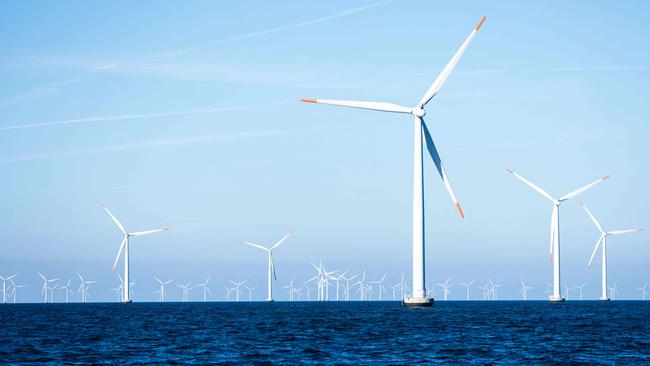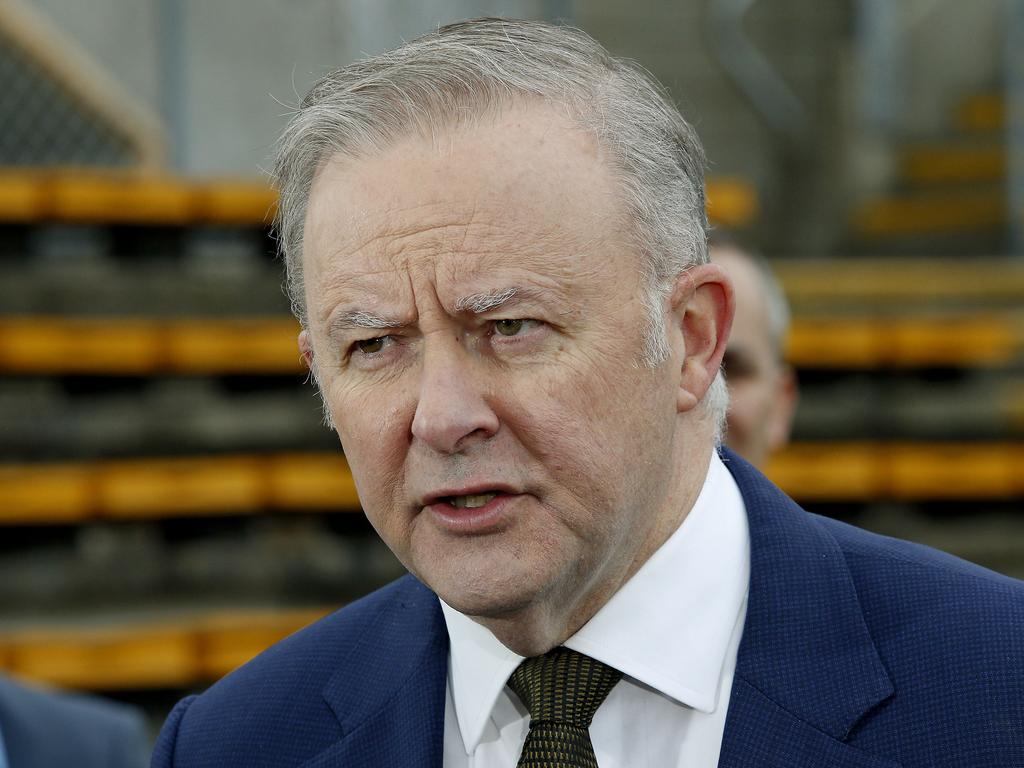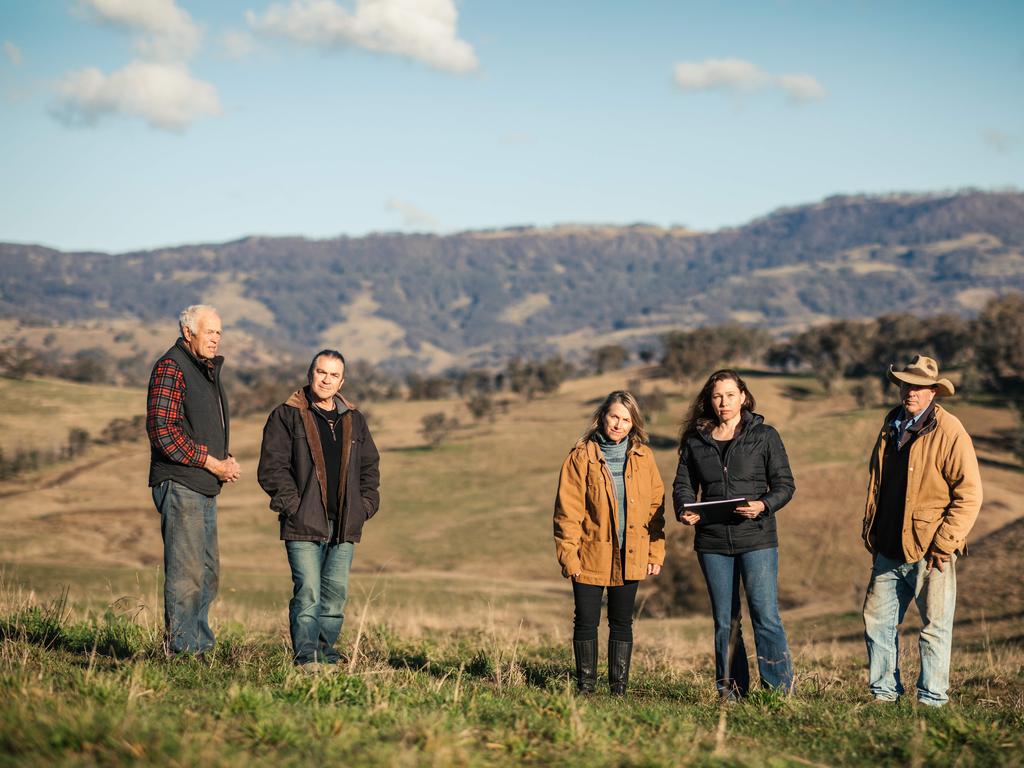Planned $2bn South Australian offshore wind farm scrapped
The partners behind the contentious project had originally vowed to push ahead after the SA government knocked back its plans.

Another proposed wind farm development has been shelved, with the partners behind a contentious plan in South Australia quietly pulling the project.
An application with federal environmental regulators for the almost $2bn SA offshore wind farm project – also known as the Kingston project – was withdrawn without explanation this month.
The project was originally proposed by British company Australis Energy.
German group Skyborn Renewables – which is involved in operating or under-construction wind farms in Germany, Taiwan, France and the US – stepped in as a 50-50 joint venture partner in 2022.
Under the original plan for the project, about a third of the proposed 75 wind turbines would have sat in state, as opposed to commonwealth, waters.
The closest of the turbines – which together would have been capable of generating up to 600 megawatts of energy – would have been about 6.5km from the coast.
But that initial proposal was knocked back in August 2023 by SA Planning Minister Nick Champion, who said at the time that he believed the project had the potential to cause real harm to local aquaculture and fishing industries.
Skyborn said in the wake of the rejection that they continued to push on with a plan to develop the project further out to sea but wholly within commonwealth waters. That plan, too, now looks in doubt following the withdrawal of the federal application.
A spokeswoman for Skyborn declined to comment on the decision.
The apparent demise of the project makes it the latest in a string of failed wind proposals around Australia, despite the Albanese government’s advocacy for the sector and its reliance on wind power to help meet its 2030 renewable energy target.
In October, UK-headquartered RES Group formally withdrew its proposal to develop the 63-turbine, 441 megawatt Barneys Reef wind farm north of Gulgong in central NSW.
In that instance, RES cited the impact of new planning requirements in NSW as well as challenging economics for the decision.
And in July, Korea Zinc subsidiary Ark Energy pulled its plans for a 430MW, 54-turbine Doughboy wind farm between Armidale and Coffs Harbour, in northern NSW, after determining that the project was “no longer viable”.
The outlook for large-scale wind power in Australia has been further complicated by the position of Peter Dutton, who has vowed to scrap three of the six priority wind farm areas declared by Energy Minister Chris Bowen.
The federal Opposition Leader has promised to abolish the declared areas off the coast of NSW’s Illawarra and Hunter regions as well as off the coast of Bunbury in Western Australia, adding to the regulatory uncertainty facing would-be developers eyeing off those regions.
The Coalition’s energy policy is underpinned by introducing nuclear power to the electricity grid.
Mr Dutton this month released the Coalition’s nuclear-plus-renewables plan based on a Frontier Economics report that showed it would cost up to $263bn less than Labor’s renewables-only plan and result in cheaper electricity prices for consumers.
Jim Chalmers on Friday mounted a new government attack on the Coalition plan, which has also attracted opposition from the states. The Treasurer released government modelling suggesting that for Mr Dutton’s plan to work it would have to rely on the east coast states shedding $4 trillion of economic growth by 2050.







To join the conversation, please log in. Don't have an account? Register
Join the conversation, you are commenting as Logout